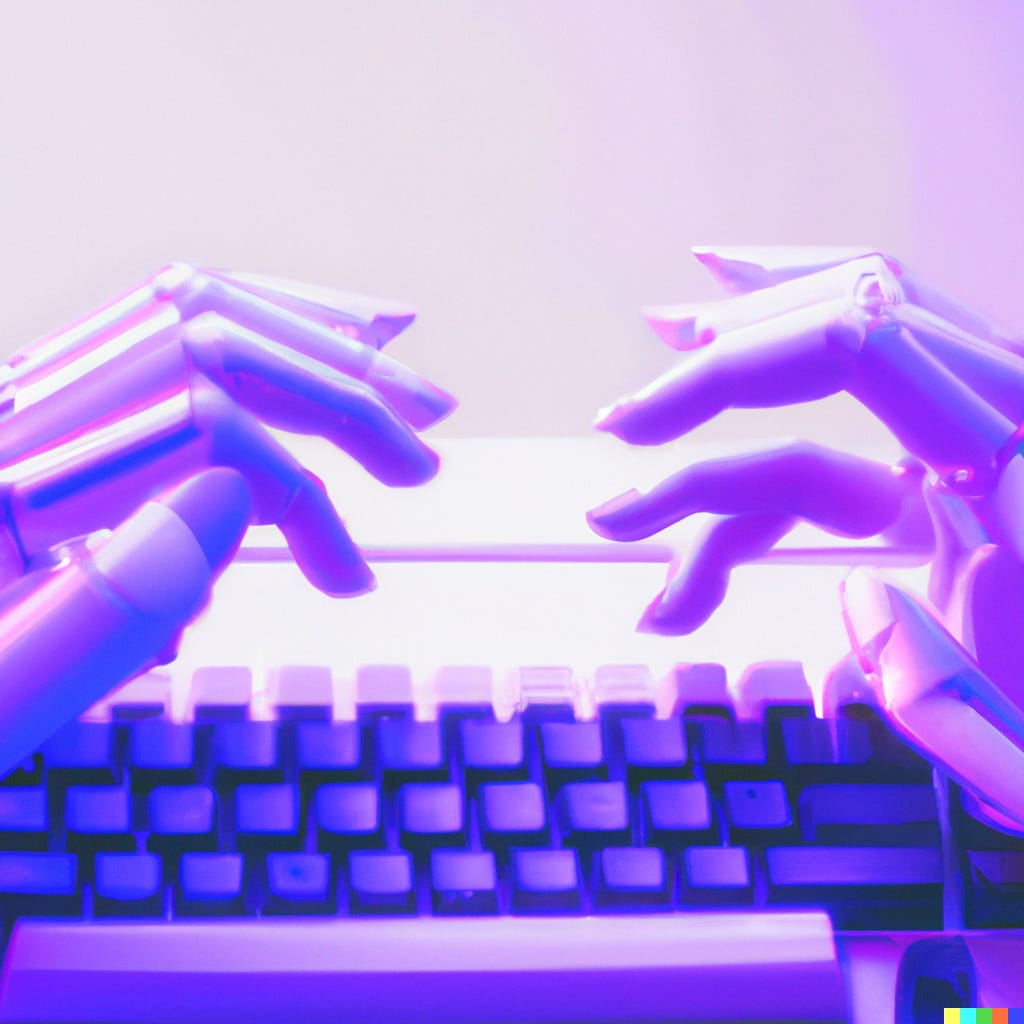Building Strong Content Brands in an AI-Driven World Building Strong Content Brands in an AI-Driven World
Length: • 3 mins
Annotated by John Philpin
HumanAIsing the industry

Revolutionary AI models, including GPT-3, LaMDA, Dall-E, Stable Diffusion, and Midjourney, have transformed the content creation industry by facilitating mass production of text, images, music, and videos. While this has reduced entry barriers, it presents a challenge for brands and agencies to distinguish themselves.
Capturing and retaining consumer attention is crucial, but in the era of AI-generated content, this challenge has become even greater due to the excessive amount of information and the growing doubt about the credibility of the content.
The issue of "content shock," where consumers become overwhelmed with information, is not new, but with the increasing use of AI in content creation, we're faced with a potential massive overload. This highlights the need for brands and agencies to adopt a strategic approach in their content creation and distribution efforts.
HumanAIsing the industry
Let's be clear: AI will not replace humans. but it will replace those who do not use it.
However, branded content's future does not lie solely in the hands of AI models like ChatGPT, but rather in the evolution of AI technology. Brands must prepare for this shift by restructuring their teams, developing new skills and exploring innovative solutions that prioritize "prompt engineers" and experts in AI communication. Interacting with AI to achieve the desired outcomes is a complex task, and the future of branded content will necessitate AI models that are custom-made for each brand, trained from their internal knowledge bases, and imbued with their unique tone and voice.
While some brands may opt to represent their personal AI through avatars or a "digital human" using the technologies offered by companies such as Reblika in the Netherlands, Eisko in France, Soul Machines in New Zealand, or Mawari in Japan, as well as Epic Games in the US with its Unreal Engine, or Samsung in Korea with its Neon project, there are many other avenues worth exploring.
In the age of AI-generated content, brands must work to regain the trust of their audiences. Labels such as "created by humans, not AI" and media sites promoting hand-curated content are already becoming common. In an era of "aigiarism" (a combination of "AI" and "plagiarism"), emphasizing the "human touch" in content will be more important than ever in restoring trust. This is also a timely moment to revamp employee advocacy programs and shine a light on the singularity and craftsmanship behind each type of content.
"Artisanal intelligence" will lead to new types of content
As the use of AI-generated content grows, some stock image sites are opting to focus on images created solely by human artists. This emphasizes artisanal and ethical practices while highlighting the history and originality of the artists. In contrast, other companies are embracing the trend of artificially produced visuals. However, a new trend is emerging, that of "artisanal intelligence", which blends human and AI intelligence to create new forms of content and products.
To protect creators and their work, new paywall models will also emerge, ensuring that their content cannot be used to train AI models. The presence of content behind a "wall" also contributes to changing the perception of content, by giving it value.
Other strategies, such as the creation of interactive, immersive or audio content, are also being studied and analyzed in our in-depth report on the future of Content. These contents are more intimate, making them the ideal anti-scroll formats. They are also quite difficult to generate artificially. For the moment at least. Because things are going fast, very fast, in the field of AI and content, as evidenced by the recent launch of AI Radio, a show on Spotify that is entirely AI-generated...
MD - This article is co-written with Benoît Zante, one of my co-authors on the report “Digital Content: charting the Uncharted seas”.